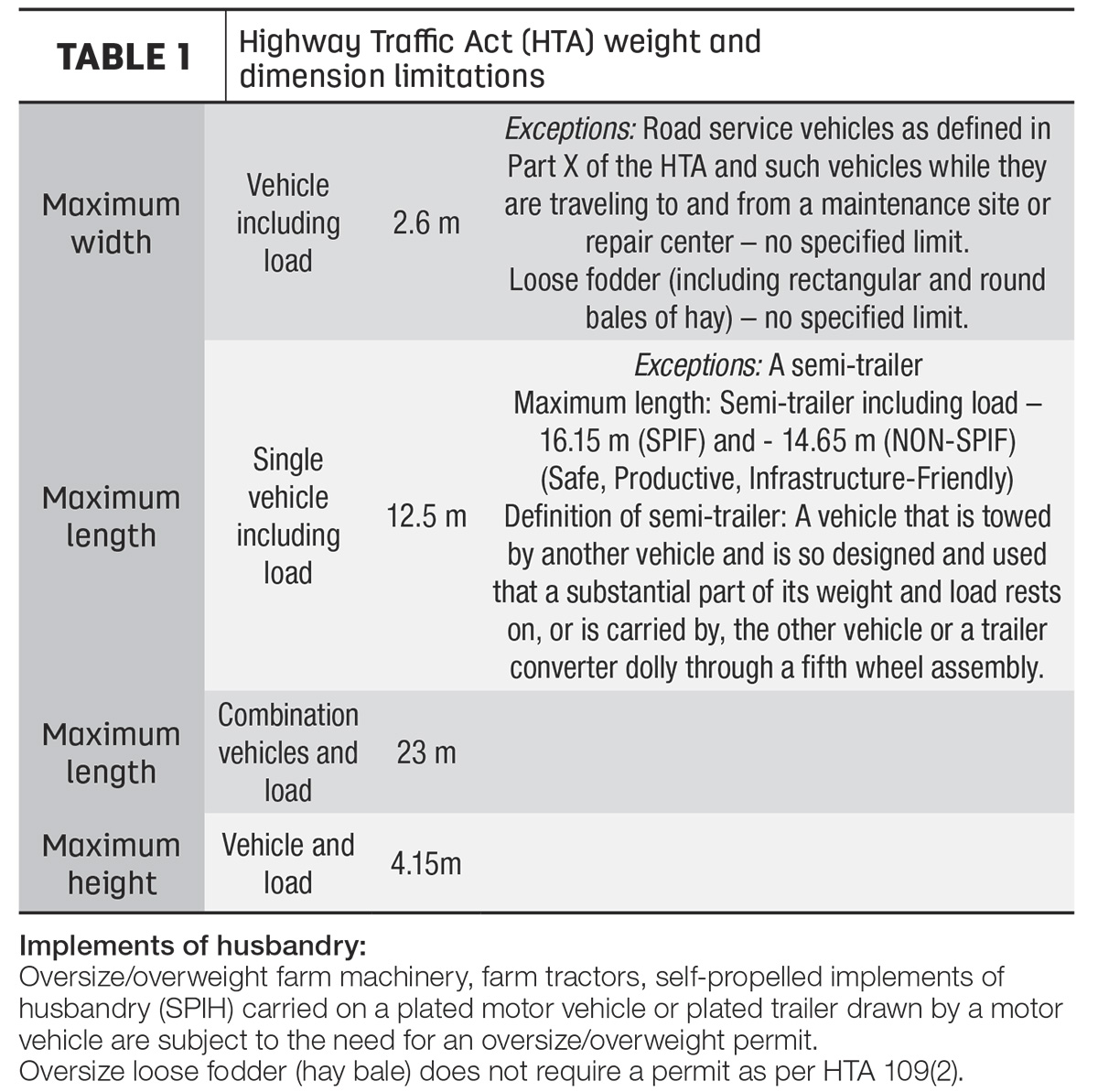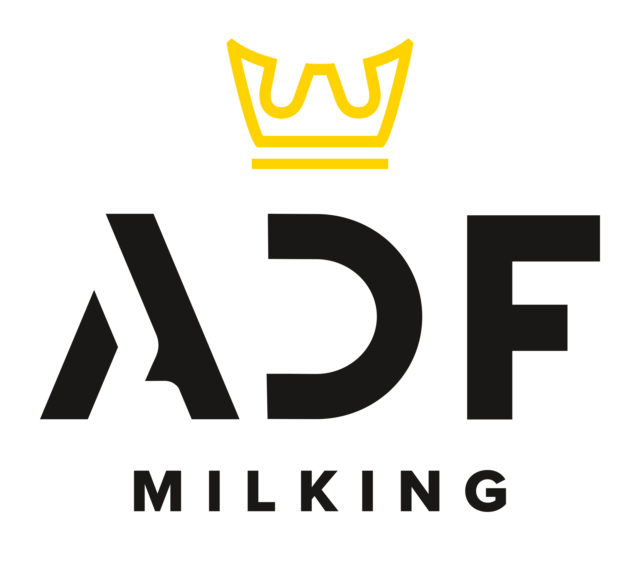Farm equipment, and motorized vehicles in general, are dangerous. It is important that not only the driver is diligent in operating the equipment safely but that all pedestrians near the vehicle are also aware of the dangers and act accordingly.
The potential hazards vary depending on the equipment being used and the work environment. Some of the equipment used in your workplace may include tractors, skid steers, forklifts and many other types of motorized equipment.
Harvest time and young help
With harvest season upon us, farmers have added pressure to get the job done. This means they may bring on younger family members to help. It also means there is an increased need to move equipment from field to field.
You do not need a driver's license to drive farm equipment on the road in Ontario, but you must be 16 years old to do so. There are no age restrictions for operating farm equipment on private property. It is important the parents or farm managers assess anyone who may operate equipment, including their children, on an individual basis to determine if they are capable of safely operating the farm equipment. They must be big enough to reach all the controls and strong enough to work them. They must be able to see all the way around the equipment and use all mirrors and cameras. They also need to be mature enough to be aware of their surroundings and react appropriately.
Distractions
It can be easy to get distracted when you spend a lot of time operating equipment or when you are in a rush. It is tempting to check your phone or send a quick text, but these distractions can have serious consequences. You may be required to multitask throughout your day, but it can be very dangerous to be distracted when working around or operating equipment. Your full attention to the current task is required when motorized equipment is involved.
Safe equipment operation
Here are some standard safety precautions when operating motorized equipment. By following these guidelines, we aim to ensure the safety of the equipment operator as well as others in the work area.
- All operators must receive training for the specific equipment being used. This training must include a hands-on component, as well as an evaluation of the operator’s competency before they are allowed to operate the equipment.
- Ensure you have clear visibility of the area around you at all times. Look in the direction of travel and use a spotter when necessary.
- Keep bystanders and other equipment out of the equipment operating area whenever possible. Do not allow pedestrians to work or walk near equipment that is being operated.
- Ensure equipment is maintained in good condition and do not modify equipment unless you have assessed the modifications to ensure the equipment can still be safely operated.
- Only use attachments or implements that are appropriate for the equipment and ensure they are properly hitched and secured with primary and secondary securement devices. Equipment is to be exclusively used for its intended purpose.
- When you are done, park on even ground, disengage the PTO (if being used), lower any attachments to the ground, apply the parking brake, turn off the engine and remove the keys.
- Vehicles or loads more than the Highway Traffic Act (HTA) legal dimensions require flags. Bright red or orange flags, no smaller than 40 centimetres square, must be mounted to the extremities of the vehicle or load.
Scenario 1
ABC Farm needs a section of fence rebuilt. One of the workers, Tom, heads to the lumberyard to pick up a load of fence posts. The posts overhang the pickup truck’s tailgate. The farm is only 2 kilometres away, so Tom hops in the truck and heads back to the farm. On the way back, Tom is stopped waiting for a train. The driver behind him does not see the posts jutting out from the tailgate, doesn’t stop in time and sustains damage to the hood of his car.
What went wrong?
Tom should have tied bright orange or red flags to the end of the fence posts to warn other drivers that his load extends beyond the tailgate. The other driver should be more cautious and pay closer attention to the vehicles and obstacles ahead.
Heading off the farm
Every vehicle driven on the road is subject to the HTA (Table 1). When an oversize/overweight permit is required, a permit is issued for the movement of overlength; however, the load must not be made up of articles loaded or mounted one behind the other that will create additional length, and any overhang to the rear must not exceed 4.65 metres from the centre of the rearmost axle.

Front-mounted attachments
When traveling on the public highway, the forks, bucket or other front-mounted handling attachment should be:
- Removed and carried elsewhere, such as on a trailer, if possible
- Folded back and secured
- Covered/protected by an appropriate guard
If none of these options are possible, the front-end attachment must be in the lowest possible position while still allowing the operator to drive safely and not hit any part of the ground. This is usually approximately a foot off the ground. The front-end attachment should not be up in the air or blocking the driver’s view in any way.
If the requirements above are not followed, the attachment may be regarded as a dangerous projection, putting other road users at risk, and the driver may be prosecuted for dangerous driving. Keep the centre of gravity of the equipment as low as possible to improve stability. Positioning the front-end attachments in the lowered position will also improve visibility and aid driver observation from the cab.
Driving, waiting to pull out from a gateway or field or manoeuvring with the loader raised and projecting beyond the machine could create a risk to other road users. Avoid traveling on the public roadway with the machine attachment carrying a load whenever possible, as this may contravene road traffic legislation. Do not lift or lower the loader and turn at the same time, as this can induce instability, particularly if carried out at speed.
You should not use any front-mounted attachment to lift or transport people, unless it is specifically designed and engineered for that purpose and safety features are in place to prevent a fall. Unfortunately, serious injuries and even fatalities occur every year when equipment with front-mounted attachments, such as a bucket, are used for lifting or transporting people. If the equipment becomes unstable for any reason, the individuals can easily fall or be ejected from the bucket and can be injured by the fall or run over by the equipment. If you are doing a task where you may be tempted to lift a person in a loader or bucket, you should stop and take the time to consider other, safer ways to complete the task. Use a ladder, scissor lift or man lift cage that has been engineered to lift a person.
Pedestrian safety
Safety is the responsibility of both pedestrians and equipment operators. The equipment operators must always be aware of their surroundings and must always be watching for pedestrians. It is equally important for pedestrians to remember that there is always a possibility of a driver not seeing them or momentarily losing focus. Pedestrians must always be aware of where the equipment is and where it may be going. Ensure you follow these safety precautions when walking in an area where equipment may be operating:
- Look both ways before walking into an area where operators may not see you.
- Never cross in front/behind equipment without communicating or making eye contact with the operator, even if the equipment is stopped.
- Consider the extra space equipment will need to brake because of the weight and design.
- Lift trucks and some other equipment have a rear-end swing. This means that, when the operator turns, the back-end swings out. Make sure you stay away from the back and sides of lift trucks.
- Never stand under any raised part of equipment or raised load.
Scenario 2
Janice is heading home after a long shift. As she is walking through the parking lot, she is checking the messages she has missed throughout the day on her phone. A skid steer with its hay bale attachment has been left in the parking lot with the attachment raised about 4 feet off the ground. Janice walks into the hay bale attachment and bruises her chest.
What went wrong?
The skid steer should never have been left by the operator with its hay bale attachment in a raised position. The attachment should have been lowered to the ground before leaving the equipment. Janice knows there are motorized equipment, vehicles and other dangerous devices at her workplace. She should have paid attention to her surroundings and waited until she was somewhere safe before checking her phone.
Motorized equipment and vehicles on the farm are dangerous and pose the risk of serious injuries and even death. It is important that everyone pay attention when in an area where motorized equipment may be in use. Always check your surroundings, look for potential obstacles, assume the equipment could move at any time and ensure you follow proper procedures and protocol. Being alert and focusing on the task at hand is the first step to keeping yourself and others on the farm safe.
References omitted but are available upon request. Click here to email an editor.









